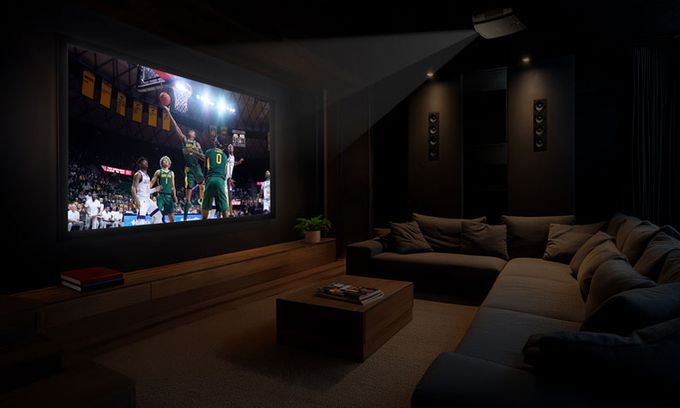At Audio Advice Live 2025 in Raleigh, North Carolina in late July, Epson unveiled its new LS9000 Home Teather 4K projector. This model was included in the Epson’s premium Pro Cinema line, which today includes:
– Home Cinema LS11000 (February 2022) – 2,500 lumens, $ 4,375;
– Pro Cinema LS12000 (February 2022) – 2,700 lumens, $ 5,000;
– Q-Series QB1000 (September 2024) – 3,300 lumens, $ 8,000.
All models use 3LCD display technology, HDR10+ support have impressive gaming capabilities and a fully motorized lens with a motorized lens cover.
As known, superb brightness is a significant bonus of 3LCD projectors. Their white brightness is always equal to their color brightness. Unlike white brightness, Color Light Output (CLO) characterizes the brightness of red, green, and blue components. In fact, high CLO provides accurate color reproduction, displaying the bright and vibrant colors of the original image.
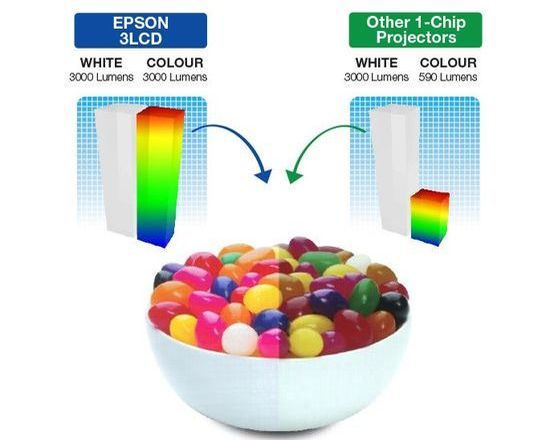
This bonus is due to the lack of a color wheel in 3LCD models. As known, in DLP projectors it operates as a filter. At any time, the segmented wheel passes only one color, blocking the others, which is accompanied by a loss of their overall intensity.
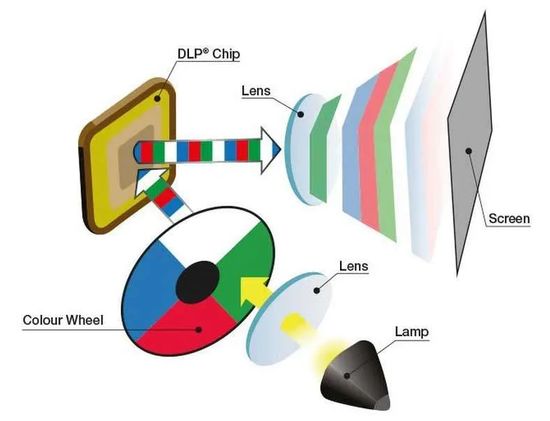
Superb price-quality ratio is the main key feature of LS9000. With slightly lower brightness of up to 2,500 lumens, this projector costs ‘only’ $ 4,000. Moreover, testing demonstrated a slight excess even of the declared brightness. In particular, it reaches almost 2,270 ISO Lumens in Dynamic picture mode.
Epson LS9000
The chassis design of the LS9000 is similar to the LS11000, LS12000 and QB1000. It has all Epson’s bonuses, including fully motorized lens shift, a motorized lens cover, powered zoom and focus. The focusing range varies from 50 inches up to 300 inches diagonally with throw ratio of 1.35 to 2.84. Unfortunately, the new model traditionally has impressive dimensions and weight, which reach (20.5 x 7.6 x 17.6 inches)@28 lbs / 12.7 kg.
The advanced True Laser Diode Array light source with vapor cooling and thermal transfer has a fairly wide color gamut, covering 88% (xy) / 91% (uv) for DCI-P3 and 64% (xy) / 67% for BT.2020.
Like its 4K DLP competitors, the Japanese giant uses a pixel shift in the Dual-Axis Precision Shift Glass Plate to display 4K content. Its operation is priciple simple and elegant. The projector shifts the 1080p image diagonally by half a pixel almost instantly, effectively doubling the perceived resolution.
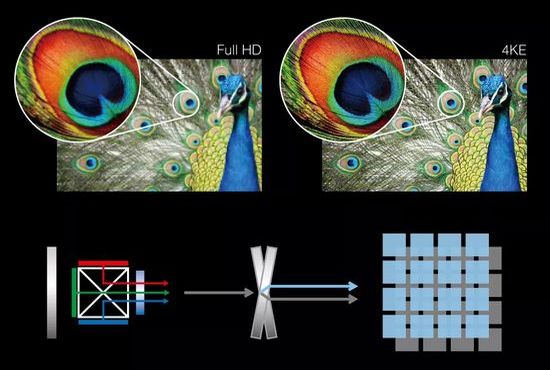
As a result, a relatively inexpensive chipset with a native Full HD (1,920 x 1,080 or 2.073 million pixels) resolution creates an image whose quality is close to 4K UHD resolution (3,840 x 2,160 or 8.29 million pixels).
Epson’s ZX Picture Processor manages color, contrast, HDR, frame interpolation, and resolution enhancement. Unfortunately, unlike the more expensive QB1000, it does not support dynamic tone mapping. As known, it analyzes HDR10 content in real-time and adjusts brightness and contrast for optimal visual perception. In fact, this option improves detail and color reproduction in highlights and shadows.
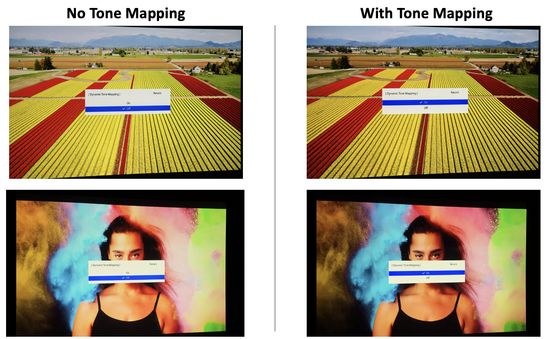
Keystone correction ranges from ±30°. Unfortunately, it may reduce image quality.
Model has two 40Gbps HDMI 2.1 ports, including one with eARC (Enhanced Audio Return Channel) support, which provides free-lossless digital audio transmission to an external soundbar.
Color Modes
The LS9000 has five picture modes, including Dynamic, Vivid, Bright Cinema, Cinema, and Natural. The saved settings are identical for SDR and HDR dynamic ranges. All picture modes provide full calibration controls. Moreover, Dynamic mode supports full fade-to-black transitions. These are often used to finish a scene or create a dramatic effect. Natural picture mode provides a very accurate colors ‘out of the box’ in both SDR and HDR.
However, Cinema mode also works flawlessly. Но HDR content в некоторых сценах может потребовать HDR10/HDR10+ setting to mitigate clipping. As known, HDR clipping (or blown-out highlights or overexposure) is caused by exceeding the display’s maximum brightness or the content’s dynamic range. As a result, the image loses detail in bright frame areas.
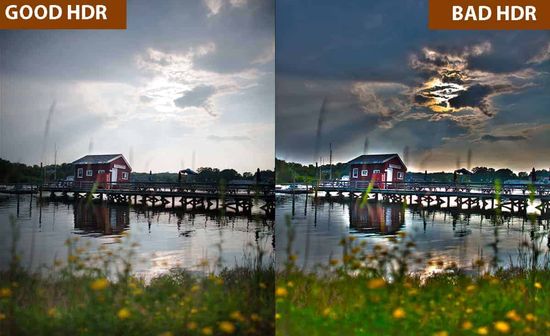
Even Vivid or Dynamic modes work without an overly strong green or blue bias.
The settings will please perfectionists. Their list includes Contrast, Brightness, Color Saturation, Tint, Sharpness, offset and gain adjustments. In addition, the projector offers 11-point white balance controls and a full Color Management System (CMS) for fine-tuning of hue, saturation, and luminance of primary and secondary colors.
Preset values for gamma control includes ±2, ±1, 0, and a custom setting.
Frankly, most users do not have calibration skills. But the high enough quality of the presets ‘out of the box’ partially eliminates this problem. In particular, the pre-calibration DeltaE (dE) of LS9000 was ~ 2.2, and the maximum error reached 3.9. For reference, DeltaE (dE) < 3 is a good value. But of course, calibration significantly reduces DeltaE.
Contrast and gaming
The contrast ratio is ~ 1,950:1 (FOFO – full on/full off), depending on the picture mode and setup. Specifically, it’s 1,700:1 in Natural and 2,000:1 in Dynamic modes. In addition, the model supports 2,500,000:1 dynamic contrast ratio. Contrast affects the amount of color reproduction and detail in dark scenes.
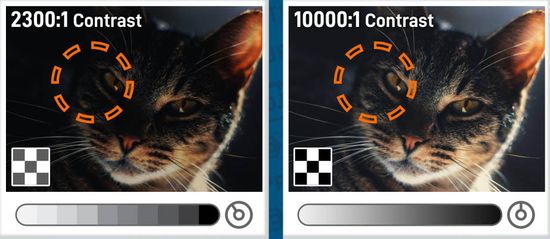
But dynamic, native and FOFO contrast characterize different aspects and are measured differently. High dynamic contrast is achieved by adjusting the power of the light source depending on the scene, for example, with auto dynamic iris. In fact, it only optimizes playback. FOFO contrast is a version of native contrast without taking into account the re-reflection of the light flux inside the optical module. It’s less objective, but always higher than native contrast, which most accurately characterizes the real capabilities of the model.
Gamers will love gaming up to 4K@120 fps and input lag up to 22ms in both 4K@60Hz/120Hz modes. To be fair, this is superb for any casual games, but not enough for the professional segment. But the lack of ALLM (Auto Low Latency Mode) function seems controversial.
3-Axis Motorized Lens Shift with ± 96% vertically and ± 24% horizontally makes installation very easy.
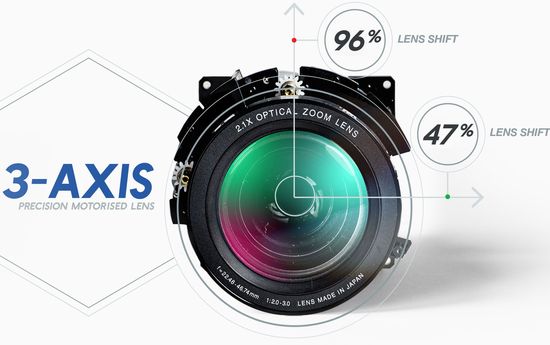
Moreover, zoom and focus settings can be saved in one of ten lens memory presets.
Conclusion
Pros
– thermal-controlled 3-chip 3LCD light engine;
– 32-bit Epson ZX Picture Processor;
– HDR10+ support;
– motorized lens cover;
– 4K@120Hz support and IP control.
Cons
– no support for 3D, ALLM and Dynamic Tone Mapping.
To the delight of brand fans, the Japanese giant has expanded its line of premium Home Theater projectors with the ‘budget-friendly’ LS9000. Of course, the price of ‘only’ $ 4,000 can hardly be positioned as very affordable. But it’s quite adequate considering the premium class and the impeccable reputation of the Epson brand, which is confirmed by the impeccable quality of its products for many decades.
Compared to its predecessors, the LS9000 is less bright (LS9000 vs LS11000 vs LS12000 vs QB1000) – 2,200 vs 2,500 vs 2,700 vs 3,300 lumens. But given the peculiarity of 3LCD projectors, whose CLO is always equal to the white brightness due to the absence of losses on the color wheel, 2,200 lumens is quite enough to provide bright saturated image colors even in diffused daylight. At the same time, the gain in price ($ 4,000 vs $ 4,375 vs $ 5,000 vs $ 8,000) is quite significant.
Moreover, the LS9000 uses almost all of Epson’s innovations, including the True Laser Diode Array light engine, Dual-Axis Precision Shift Glass Plate, high-performance ZX Picture Processor, superb optics, motorized lens cover, powered zoom and focus. In fact, the lack of Dynamic Tone Mapping is the main difference in the functionality of the LS9000 from the QB1000. As a result, the new model has a superb price-quality ratio, which promises the model cloudless marketing prospects.
The video demonstrates the difference between 3LCD technology without a color wheel and DLP projectors.
